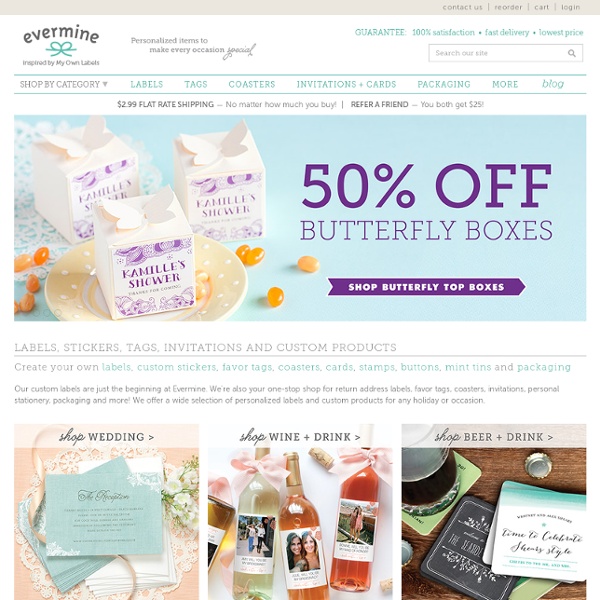



Human Leather Exclusive Products - Exquisite Wallets, Belts, Shoes Tênis Tênis Palmilhado Processos de Modelagem: -Encapar forma, riscar divisão e cortar; -Riscar altura do traseiro na seguinte regra: Nº da forma + 20mm + (10 à 12 mm); -Riscar linhas básicas; -Desenhar contorno da gáspea, deixando c/ 1cm abaixo da linha A; -Desenhar biqueira c/ 3 mm acima da quina da forma; -Desenhar ferradura; -Desenhar taloneira; -Desenhar pepa; a) Giro - Fazer giro a 2/3cm da linha AD partindo de A; - Deixar espaço de no mínimo 2mm entre parte superior ra ferradura e a linha de vinco b) Padrão com giro - Após ter girado o padrão é preciso suavizar as linhas e confirmar o desenho. d) Padrão pronto para destaque de peças - Desenhar as linhas de todas as peças do modelo; - Marcar os pontos do atacador. e) Gáspea - Destacar a gáspea conforme orientações da figura abaixo; - Lembrando dos riscadores e piques para costura strobel (overlok). f) Biqueira - Posicionar na linha do vinco e destacar; - Marcar piques de centro. g) Reforço da biqueira - Destacar peça conforme orientações da figura abaixo;
Luxe DIY - How Did You Make This? DIY Shoes - Part 1 - Intro & Supply List If you’ve ever researched making your own shoes you know how much specialized knowledge and difficult to source materials are involved. Unfazed, I set to work developing a way to make shoes that is accessible in material and technique. (Don’t worry hardcore readers, more elaborate methods are on their way, master this first!) I’ve consolidated tons of research, hundreds of hours of work and a whole lot of unacceptable test shoes into a series of blog posts. This is a method for making basic women’s flats. 1. 2. 3. 4. 5. This series includes: Part 1 – Intro & SuppliesPart 2 – Making a PatternPart 3 – Making a Test ShoePart 4 – Making an InsolePart 5 – Gluing an Upper to an InsolePart 6 – Making a Shoe SolePart 7 – Making a Minimalist Style Upper Materials and Tools: This is a list of supplies you’ll use to make most basic shoes. Fabric for the uppers: Canvas is a classic choice, but any woven fabric can work. Fabric for linings: I prefer a nice, smooth, cotton broadcloth.
Forging Links Master Sword - Twilight Princess version Okay so it's not literally forging because it's made from wood, but it sounds better then making. I've been meaning to write this Instructable for almost a year after completing my Master Sword back in May 2009, but things have always seemed to get in the way until now. I've always been a great fan of all of the Zelda games and I knew it was only time before I attempted to make a replica from one of the games. So in this tutorial I will be showing you the steps I took to produce my Master Sword. I've gone for the sword from Twilight Princess as it's the most detailed Master Sword to date and it looks the best. Update 27th May 2011 I've begun work on the Hylian Shield.
Legend of Zelda Treasure chest with sound! 1/4" Pine plywood. You can use whatever type of wood you want, but pine looks nice and is relatively cheap. You'll need enough wood to cut out the following pieces: Two 5.5" x 10.5" pieces One 8" x 10.5" base piece Two 8.5 x 5.5" pieces Five 2 7/16" x 11" slats Also you will need two 6 sided half a decagon pieces. You'll also need: Wood glue Black poster board A cheap mp3 playerTreasure chest opening mp3 Soldering iron Solder and flux Some small gauge wire (20 or 22 gauge will work)SPDT lever switch from radio shack Small audio amp.
Tiketa® Free Easy Cross, Pattern Maker, PCStitch Charts + Free Historic Old Pattern Books Women’s Size Table « Pattern School There is no actual universally accepted standard measurement set for women. Every manufacturer and text book lists a different set. These are the ones I now use unless otherwise instructed by whichever company I’m working for. The measurements were originally based on the ISO bust, waist and hip for commercial garment manufacture, and I’ve since manipulated them based on tens of thousands of data sets entered by viewers of the site. What they represent is my best attempt to produce a ready to wear size table with reasonable commercial incremental overlap. On version 2 of the site I created a little program that sorts all the measurements people put into the old lazy person’s pattern generation section … basically the table below was a live assessment of measurement distribution across the planet. Another point of note is this site gets visited fairly uniformly from across the planet. But wait there’s more! This may be partly explained by implants. Please leave these two fields as-is:
OneHorseShy | Funny t-shirts, cool t-shirts & hoodies for guys, girls and kids